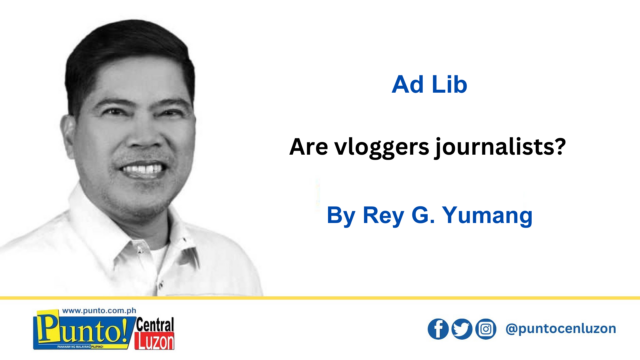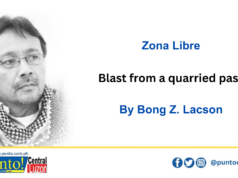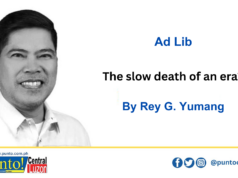DURING THE March 21 House tri-committee hearing on the spread of fake news and disinformation, three prominent social media personalities and vloggers underwent intense grilling from lawmakers and were forced to apologize for making “sensationalized, baseless claims.”
Manila Bulletin Lifestyle section editor Krizette Laureta Chu, vloggers MJ Quiambao Reyes, and Mark Lopez were among the 11 people invited by the House tri-comm which is composed of the committees on public order and safety, information and communications technology, and public information. Those invited as resource persons initially snubbed the first hearing and went to the Supreme Court with a petition to stop the probe.
By definition, vloggers are individuals who create and share videos that often feature their personal opinions, reviews, or even experiences. At a glance, they appear to deliver news-like content. However, a closer scrutiny will make one realize that the difference is simply glaring when it comes to accountability.
Journalists are bound by established ethical standards, professional codes of conduct, and the editorial oversight of news organizations. They are expected to verify information, provide balanced reporting, and distinguish between fact and opinion. When a journalist commits even an iota of mistake, there are consequences—retractions, corrections, and sometimes even legal actions can follow. All these are aimed at maintaining public trust and credibility.
On the other hand, vloggers often operate in a more informal, unregulated space. While some may adhere to personal codes of conduct, many work independently without any external editorial control. This lack of oversight simply means they are not held to the same standards of accuracy and accountability. When they spread false information, there are few, if any, direct consequences, leaving their audiences vulnerable to manipulation.
The stark difference becomes clear when examining how these vloggers have used their platforms to spread fake news and misinformation, potentially manipulating their vast audiences. This results to their ability to wield significant power over public opinion because they are able to shape narratives without any form of accountability.
In the midst of the learning gaps and difficulties that educators all over the country have seen, experienced and proven to be a pressing concern among Filipino learners, the spread of false news and fake information is not just irresponsible; it is immoral. It preys on the vulnerability of individuals who may lack the resources to critically evaluate such claims.
Without a doubt, the digital era has changed how we consume news. When digital platforms are increasingly relied upon for news, the consequences can be severe. In a study conducted by Rappler in 2019, data showed that nearly 70% of Filipinos rely on social media as their primary news source. If that content is filled with falsehoods, it can mis-educate and mislead communities or even an entire nation. As a result, a false information conveniently protected by the word “daw” can sow division, and even spark violence.
The ongoing House tri-comm on the spread of fake news is a reminder that no one is above scrutiny and the proliferation of false information in any platform must be addressed. At the same time, the government must be cautious not to cross the line into stifling freedom of expression. Striking this balance will require establishing clear boundaries where vloggers are held responsible for their actions, but without infringing on their right to speak freely.
Make no mistake, vloggers are not journalists. They do not operate under the same ethical obligations. While holding them accountable is vital for the integrity of public discourse, it must be done in a way that respects democratic freedoms.
I hope for that day when Filipinos are able to choose, acknowledge, embrace, champion and protect responsible journalism over reckless content creation.





